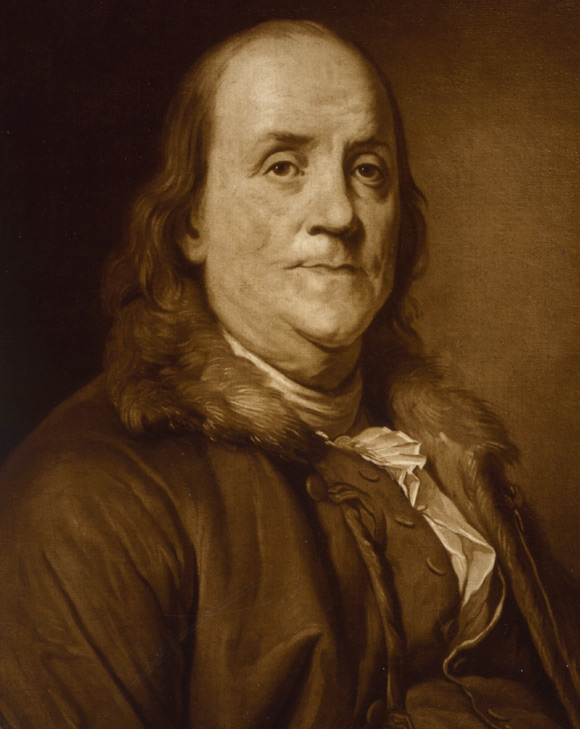|
|
Car Leasing Made Simple made this interesting infographic that explains the difference between electric battery and hydrogen-powered cars.
How To Of The Day: Avoid Static Shock When Exiting Your Car
As the weather gets colder and dryer, you are more likely to get shocked when getting out of a car, touching a door knob, or doing laundry. Is there a way to prevent getting shocked on the car door? You bet there is!
Enjoy!
If you’ve ever wondered why your car will sometimes give you a painful shock when you climb out, this video explains the science behind it, and how to prevent it.
In this video from the Physics Girl YouTube channel, host Dianna Cowern explains exactly why exiting your car can cause a nasty static shock when you touch the outside of it. When you get out of the car, you slide your body across the seat, and that can leave both the seat and your body statically charged. If the air is cold and dry enough, the charge will quickly and violently transfer from your body into the car’s metal and shock you. Cowern suggests the easiest way to avoid this is by touching the metalwhile you exit the vehicle. Even if charge builds up, it will slowly flow from your body to the metal without creating the violent “shocking” event.
Benjamin Franklin: Founding Nerd

The episode pays particular attention to the famous kite electricity experiment story and which parts of it may or may not be true.
Enjoy!
We here at SciShow like to celebrate nerds of all stripes, because all too often, they don’t get their due.
But let me tell you all about one old-time nerd who put his geekiness to such good use that he wound up on the hundred-dollar bill: Benjamin Franklin.
Franklin was one of those people who seemed to know everything, and who never slept because he was too busy inventing bifocals and studying the link between volcanoes and climate change.
And also convincing the French to help the colonies kick Britain’s butt in the American Revolution.
Not to mention signing the Declaration of Independence, inventing the swimmy flipper, and mapping the Gulf Stream.
And serving as Postmaster General, because why not?
But he still managed to find time to investigate one question that had plagued scientists for centuries, namely: what is the deal with electricity?
Scientists had been messing with electricity since ancient times, but by the time Benjamin Franklin came around, they were so close to figuring out how it worked, they could practically taste it.
They’d already figured out how to use electricity to make people’s hair stand up as a kind of party trick, or kill animals, or store small amounts of electrical charge in a Leyden jar, which was basically an old-timey capacitor or condenser.
Problem was, those scientists were being held back by thinking totally wrongly about the way that it worked.
See, back then, there was this generally accepted idea that the whole universe was permeated by some kind of ether. And scientists of the day believed that all of the forces were the result of different invisible fluids flowing through the ether.
When it came to electricity, they firmly believed that there were two completely different fluids involved. So, two separate forces had to be making electricity happen.
But after spending some time rubbing glass and amber rods with handkerchiefs, Franklin realized that electricity might only be one force.
When he rubbed two glass rods with silk, charging them up, he found that they would repel each other. The same thing happened with two rods made of amber.
But if he brought a charged glass rod and a charged amber rod near each other… they would attract.
Franklin proposed that the attraction and repulsion he was seeing was because the rods either had too much or too little of the same fluid.
And he was right, kind of, if electrons are fluids, which they’re not. Electricity though is the result of only one force.
That breakthrough laid the groundwork for scientists like Allessandro Volta, Michael Faraday and Nikola Tesla.
Then there are Franklin’s discoveries about electric conduction, which involved that thing with the kite.
That story actually starts with a metal rod and one of those Leyden jars.
Franklin thought that lightning might be a form of electricity, and he published an idea for an experiment testing this, using a long metal rod attached to a Leyden jar.
If the metal rod conducted the lighting into the Leyden jar, it would mean that he was right.
But all of this did not go according to plan, firstly because lightning is super dangerous, but also because even in the 1700s, construction projects were never finished on time.
At least one person died trying his experiment: Georg Wilhelm Richmann of St. Petersburg kicked the bucket while trying to measure how much electricity was being collected by the lightning rod.
But Franklin couldn’t carry out the experiment himself, because he was waiting for construction on a church spire to be completed, so he could use it to attract the lightning.
Legend has it that, out of impatience, he flew a silk kite with a key attached to the string into an approaching thunderstorm.
Many versions of the tale claim that the kite was hit by lightning, but that probably didn’t happen because it probably would’ve killed him, because lightning and people don’t mix well.
The most reliable version of the anecdote says that he did actually do the kite experiment, but as thunder clouds passed over the kite, Franklin noticed loose threads on the kite string starting to stand on end.
He then touched his knuckle to the key and received an electric shock, proving that the kite was conducting electricity.
Meanwhile, in France, two scientists tried Franklin’s original metal rod and Leyden jar idea, and not only did they not die, but the experiment worked, proving him right.
Never one to let a good discovery go to waste, Franklin turned around and invented the lightning rod.
With all he accomplished, it’s hard to imagine that Franklin only experimented with electricity for 10 years.
But he moved on to other things in 1753, when he became postmaster general for the colonies. After that, he was a little busy, what with the Revolutionary War and helping found the United States and everything.
But many of Benjamin Franklin’s contributions are still used today. So if you wear bifocals or talk about electric charge or survive a thunderstorm, don’t forget to get out a hundred dollar bill and thank your Grandpa Nerd.


